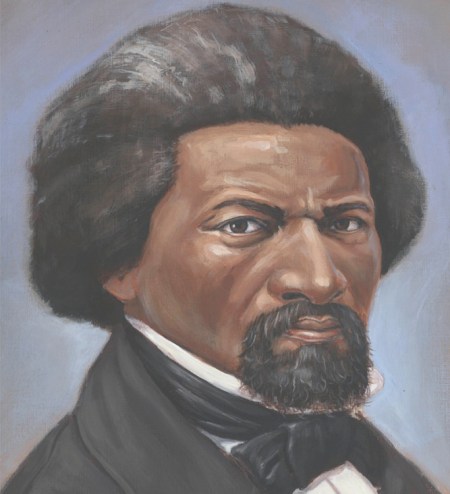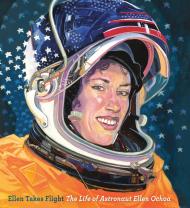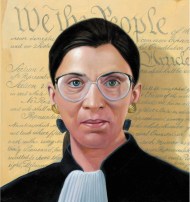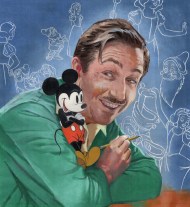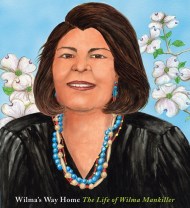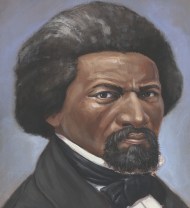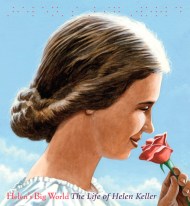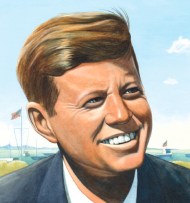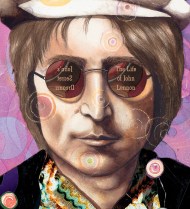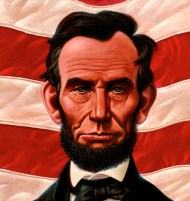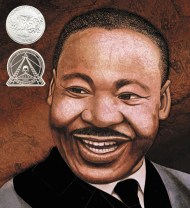Shopping Cart
Frederick’s Journey
The Life of Frederick Douglass
New York Public Library's ?One Hundred Titles for Reading and Sharing?, 2015
Description
This “riveting biography” (Kirkus Reviews) presents a thought-provoking portrait of celebrated human rights activist Frederick Douglass.
Frederick Douglass was born into slavery. He was taken from his mother as a baby, and separated from his grandparents when he was six. He suffered hunger and abuse, but miraculously, he learned how to read. Frederick read newspapers left in the street, and secretly collected spellings from neighborhood children. Words, he knew, would set him free. When Frederick was twenty, he escaped to the North, where he spread his abolitionist beliefs through newspaper articles, autobiographies, and speeches. He believed that all people—regardless of color or gender—were entitled to equal rights. It is Douglass’s words, as well as his life, that still provide hope and inspiration across generations.
In this installment of the critically acclaimed Big Words series, Doreen Rappaport captures Frederick’s journey from boy to man, from slavery to freedom, by weaving Frederick’s powerful words with her own. London Ladd’s strong and evocative illustrations combine with the text to create a moving portrait of an extraordinary life.
Don’t miss these other titles in the Big Words series!
Ellen Takes Flight: The Life of Astronaut Ellen Ochoa
Ruth Objects: The Life of Ruth Bader Ginsburg
Helen’s Big World: The Life of Helen Keller
Abe’s Honest Words: The Life of Abraham Lincoln
Martin’s Big Words: The Life of Dr. Martin Luther King, Jr.
Frederick Douglass was born into slavery. He was taken from his mother as a baby, and separated from his grandparents when he was six. He suffered hunger and abuse, but miraculously, he learned how to read. Frederick read newspapers left in the street, and secretly collected spellings from neighborhood children. Words, he knew, would set him free. When Frederick was twenty, he escaped to the North, where he spread his abolitionist beliefs through newspaper articles, autobiographies, and speeches. He believed that all people—regardless of color or gender—were entitled to equal rights. It is Douglass’s words, as well as his life, that still provide hope and inspiration across generations.
In this installment of the critically acclaimed Big Words series, Doreen Rappaport captures Frederick’s journey from boy to man, from slavery to freedom, by weaving Frederick’s powerful words with her own. London Ladd’s strong and evocative illustrations combine with the text to create a moving portrait of an extraordinary life.
Don’t miss these other titles in the Big Words series!
Ellen Takes Flight: The Life of Astronaut Ellen Ochoa
Ruth Objects: The Life of Ruth Bader Ginsburg
Helen’s Big World: The Life of Helen Keller
Abe’s Honest Words: The Life of Abraham Lincoln
Martin’s Big Words: The Life of Dr. Martin Luther King, Jr.
Newsletter Signup
By clicking ‘Sign Up,’ I acknowledge that I have read and agree to Hachette Book Group’s Privacy Policy and Terms of Use
Praise
"Skillfully weaving together her concise narration with Douglass’ own writings, Rappaport has fashioned an accessible, even riveting biography of the great 19th-century American.... Ladd’s powerful and dramatic full-bleed art is richly textured and detailed."
—Kirkus Reviews
“This true story of determination and courage despite all odds concludes appropriately with Douglass’ own words: ‘If there is no struggle, there is no progress.’ A message worth heeding.”
—Booklist
“When you spy a nearly life-sized bust of a notable occupying a large, square, untitled book cover, you know that Rappaport has another fine picture-book biography on offer. While the particulars of Douglass’ story have been covered in children’s books, the seamless insertion of his own words, drawn from speeches and autobiographies, are especially poignant."
—The Bulletin of the Center for Children's Books
“There are many longer books that detail the events of Douglass’s life, but this one, in picture-book form, manages to synthesize those details just as well as a longer work might. This is due to Rappaport’s carefully chosen primary source quotations and Ladd’s paintings, which alternate between moments of violence and times of reflection—all resulting in a portrait that is fiery yet dignified.”
—The Horn Book
